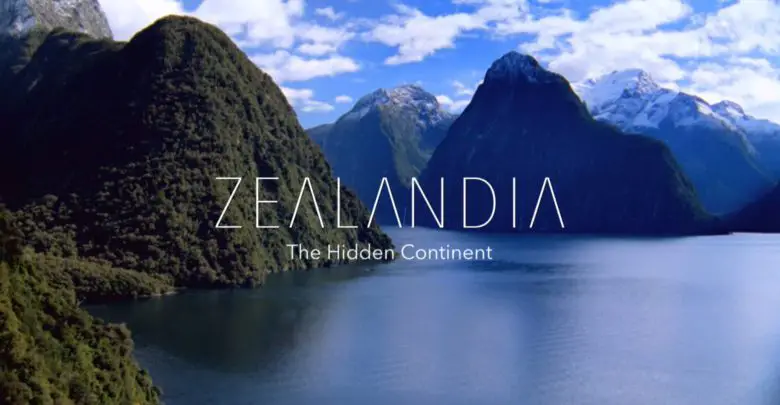Zealandia: Earth’s Hidden Continent

Zealandia is around 66% the span of Australia. However, 94 percent of it lies far beneath the southwest Pacific Ocean. Its solitary real landmasses are New Zealand toward the south and New Caledonia toward the north. Almost no one thought about it, on the grounds that a large portion of Zealandia lies about a mile underneath the Pacific Ocean. The Zealandia landmass likewise envelops some little bits of land. It includes Norfolk Island, the Lord Howe Island gathering and some subantarctic islands. Those islands were found many years back. Yet the submerged part was just perceived as a landmass in ongoing decades. It remains meagerly overviewed and inspected. We have better maps of the moon.

DISCOVERY
The mainland has been slowly found by researchers in recent decades. In 1995, American geophysicist Bruce Luyendyk utilized the name to portray New Zealand, the Chatham Rise, the Campbell Plateau, and Lord Howe Rise. At that stage, it was accepted to have three of four credits expected to qualify as a landmass. It also includes rock composes which are found on mainlands as opposed to on the sea covering. And “the high height concerning locales stunned by maritime outside layer”. Before this year, a group of researchers utilized crisp satellite and mapping information to contend that Zealandia. It was not an accumulation of “submerged mainland sections”. But rather was a brought together landmass and along these lines ought to be allowed mainland status.

FORMATION
This does not make New Zealand an “island landmass.” The two islands are essentially the most astounding purposes of Zealandia. The seismic tremors in the district are administered by the convergence of the Australian and Pacific structural plates. The submerged segment of Zealandia is accepted to have disengaged from the landmass of Australia. And it sank 60 to 85 million years back. In places off the shore of the Australian territory of Queensland, the two mainlands are just fifteen miles separated. Its outside layer is generally thin and runs in thickness from six to 24 miles.
EXPEDITION
Thirty researchers from the International Ocean Discovery Program (IODP) are setting out from Australia on board an expansive boring boat. They have decided to penetrate into the ocean bottom to attempt to comprehend the history and structure of Zealandia. The group of global researchers will penetrate around 1,000 to 2,600 feet into the ocean bottom at six destinations in the Tasman Sea. They have decided to gather dregs tests-containing fossil confirmation- kept more than a great many years. The point is to analyze structural plate shifts which happened around 50 million years prior when Australia and New Zealand quit spreading separated and rather the region between them started to pack.

Read also- African Continent is Splitting to Form an Ocean Basin!



